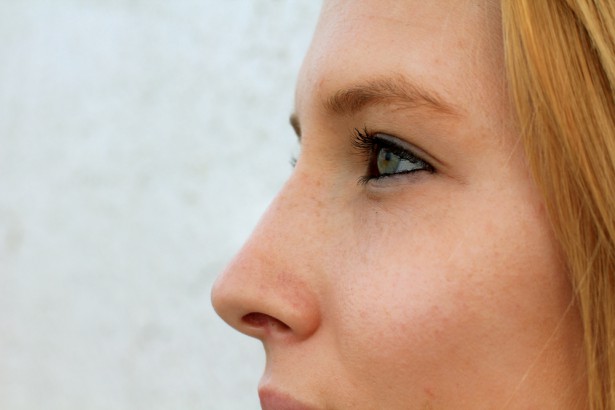Rhinoplasty: Sculpting your nose the ultrasonic way
mis à jour le 14 July 2015 à 18:32It's too wide, too pointed or slightly slanted, many of us are not fond of our nose. Today, the world welcomes a less invasive rhinoplasty technique. Read on for the details.
Getting your nose done is a rather seductive idea making rhinoplasty the 4th most common cosmetic operation among women and the second in male. "The demands vary: transforming an unsightly nose (too prominent, with a tip too big or an apparent bump), correcting an asymmetrical of the nasal septum that interferes with breathing, or rebuild a nose after trauma," explains Dr. Olivier Gerbault, a Parisian cosmetic surgeon specialising in rhinoplasty.
In general, the operation can last between 1.5 to 3 hours. If the doctor is trying to minimize postoperative lesions, changes in the upper part of the nose can lead to fractures at certain bones, particularly for patients over 40 years old. They will then have to endure a longer healing time.
What is ultrasonic rhinosculpture?
It's a new technique by Dr. Gerbault to sculpt the nasal dorsum (nose bridge) as precisely as possible using an ultrasonic bone aspirator all the while minimising the unfavourable after-effects of the conventional way. According to the brief, the aspirator uses ultrasonic waves to emulsify and remove bone under direct visualisation without thermal or mechanical injury to the nearby area, promoting a speedy recovery.
What are the risks of rhinoplasty ?
Like other surgeries, rhinoplasty carries some risks including polyposis and possibly some disorders of blood coagulation. Other risks that might entail the procedure include injury to your septum (the wall that separates your nostrils) or skin breakdown.
It doesn't help that the nose has a very complex structure with its cartilage, dorsum, tip, etc. To ensure that the operation won't cause respiratory problems, it is necessary to contact a rhinoplasty specialist. With the nose being one of the most prominent features on the face, failures are impossible to hide, so make sure to do several simulations to have an idea what the final result will look like.
After the procedure's launch in International Master Course on Aging Skin (IMCAS) 2015, the rhinosculpture technique will soon be commercialised as several French surgeons have already started to adopt this new method.
IMCAS is one of the world's largest conferences dedicated to surgery and cosmetic dermatology. The event is held every year with 4,000 participants from over 90 countries.
Maureen Diament and Natasha Gan




